Turkish cuisine is renowned for its rich flavors and diverse textures, and desserts hold a special place in this culinary tradition. From syrupy sweets to creamy delights, these desserts offer a taste of Turkey’s vibrant history and culture. Here, we explore 13 traditional Turkish desserts that everyone should experience at least once, each bringing its own unique flavor and story to the table.
Baklava
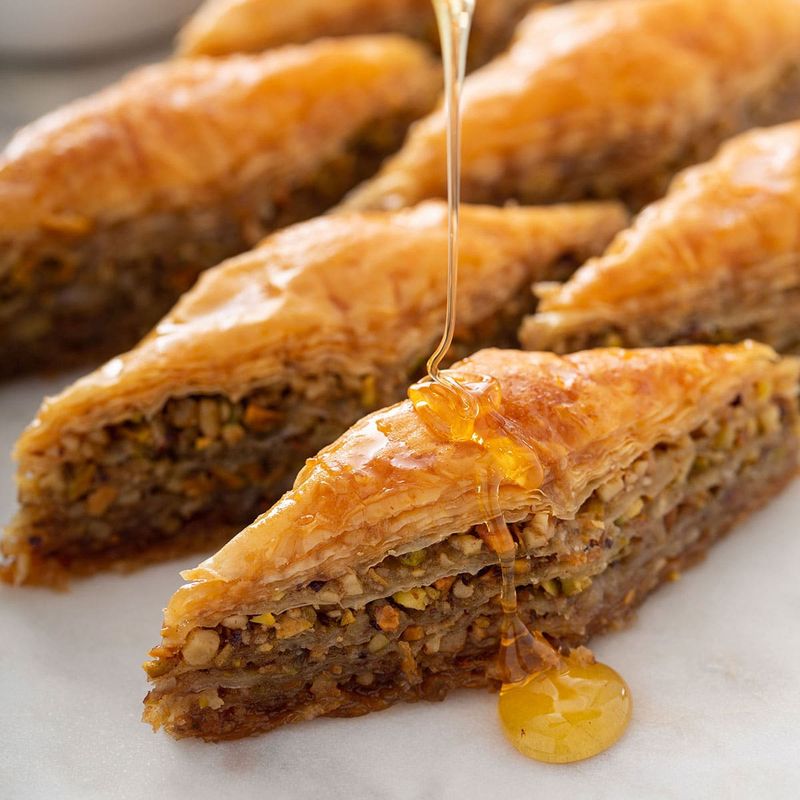
Few desserts can claim the iconic status of baklava, a treat layered with rich history and flavor. With its delicate layers of phyllo dough, each bite offers a satisfying crunch followed by the smooth sweetness of honey or syrup.
The marriage of finely chopped nuts, typically pistachios or walnuts, provides a delightful contrast to the syrupy goodness. Baklava is often served during festive occasions, symbolizing hospitality and generosity.
Did you know? Baklava’s origins are often debated, with many attributing its invention to the Ottoman Empire. Its intricate preparation makes it a revered dessert across the Middle East and beyond.
Künefe
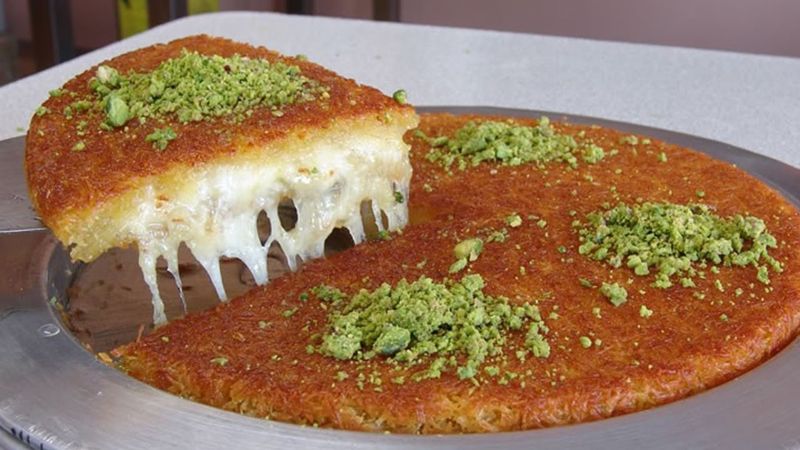
Imagine a dessert that combines crispy, buttery noodles with a warm, gooey cheese center – künefe is just that delight. This unique creation melds contrasting textures and flavors into a harmonious blend.
Originating from the southeastern regions of Turkey, künefe is traditionally cooked in small copper pans to ensure even cooking. The final touch of syrup and a garnish of pistachios adds sweetness and visual appeal.
Künefe is often enjoyed fresh from the oven, making it a must-try for those seeking both warmth and indulgence in a dessert.
Turkish Delight (Lokum)
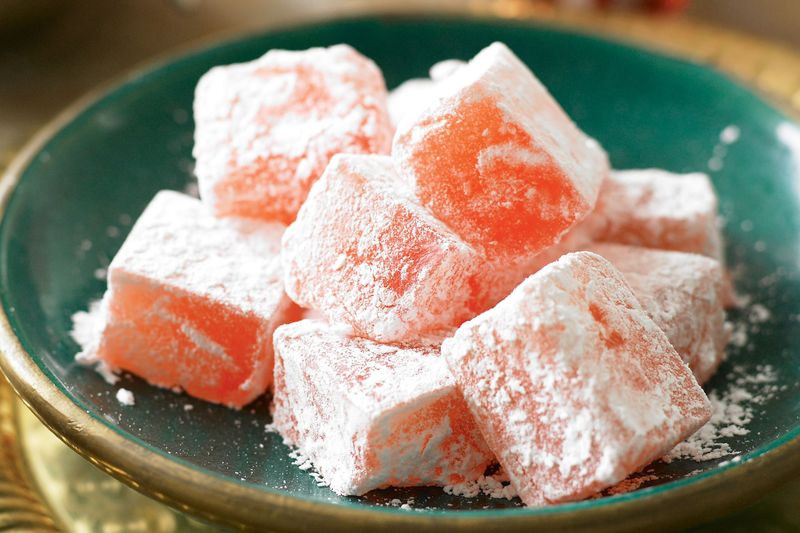
Turkish delight, or lokum, is not just a dessert; it’s a cultural emblem. These soft, chewy sweets come in a variety of flavors like rose, lemon, and pomegranate, often studded with nuts for extra texture.
Perfect with a cup of Turkish coffee, lokum is commonly gifted as a symbol of friendship and goodwill. The art of making lokum involves boiling sugar and starch to create its distinct texture, a process mastered over centuries.
A fun fact: Turkish delight has been delighting taste buds since the 18th century, and its name is synonymous with pleasure in many cultures.
Sütlaç (Rice Pudding)
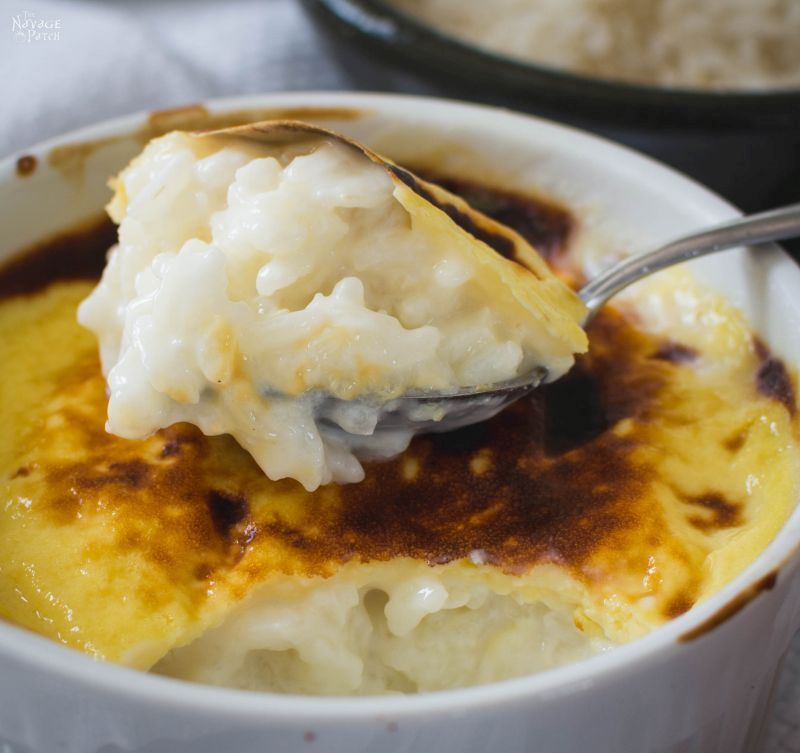
Comforting and creamy, sütlaç is Turkey’s version of rice pudding. This dessert is loved for its simplicity and the nostalgia it evokes, reminding many of home-cooked meals.
Cooked slowly, sütlaç combines rice, milk, and sugar until it reaches a creamy consistency, often topped with a caramelized crust for added flavor and texture. It’s a favorite among both young and old.
Did you know? Sütlaç is believed to have been served in the palaces of the Ottoman Empire, a testament to its enduring popularity.
Aşure (Noah’s Pudding)
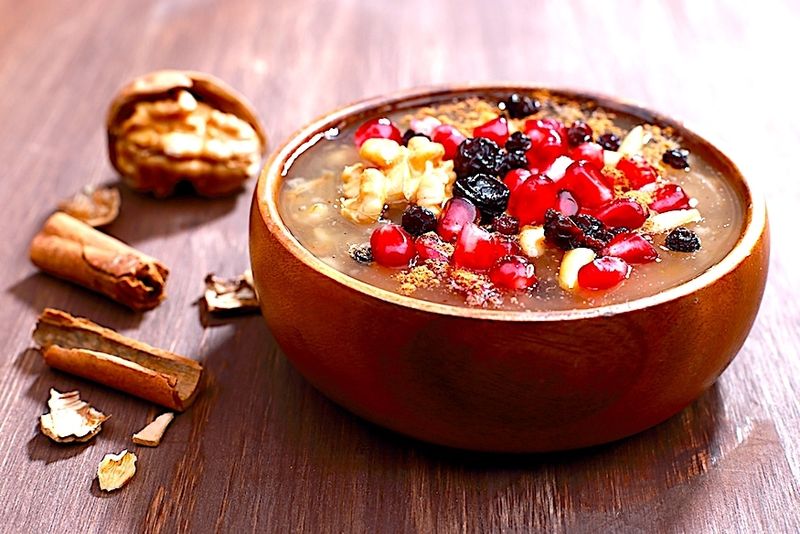
Aşure, also known as Noah’s Pudding, is a dessert steeped in tradition and history. According to legend, it was made by Noah using the last remnants of food on the ark.
This dessert is a vibrant medley of grains, fruits, and nuts, creating a symphony of flavors and textures. It’s traditionally shared with neighbors and friends as an act of community and goodwill.
With its roots deep in Turkish culture, aşure is a symbol of sharing and unity, enjoyed during the month of Muharram.
Tavuk Göğsü
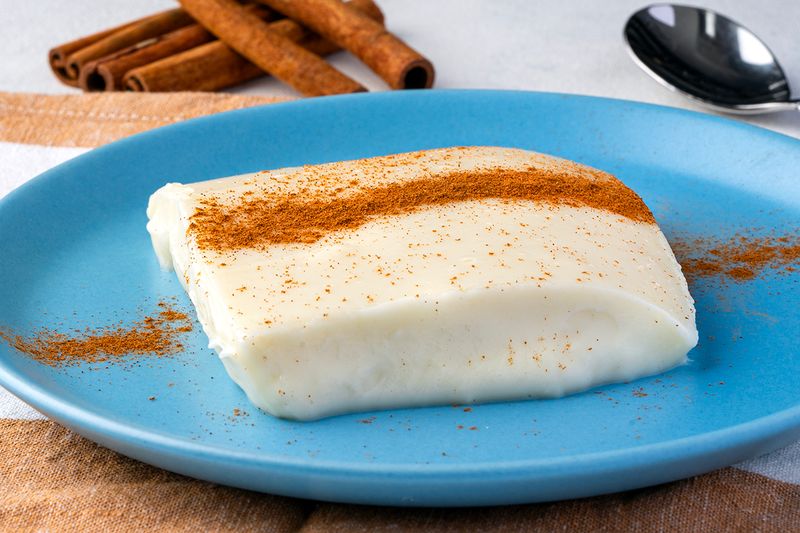
One of the most intriguing Turkish desserts is tavuk göğsü, a creamy concoction that surprises many with its inclusion of chicken breast. Despite its unusual ingredient, this dessert is beloved for its smooth texture and delicate flavor.
The chicken is finely shredded and blended with milk, sugar, and rice flour to create a pudding-like consistency. Its subtle taste is often enhanced with a sprinkle of cinnamon.
Tavuk göğsü reflects the creativity of Turkish culinary tradition, transforming simple ingredients into a sophisticated dessert experience.
Revani
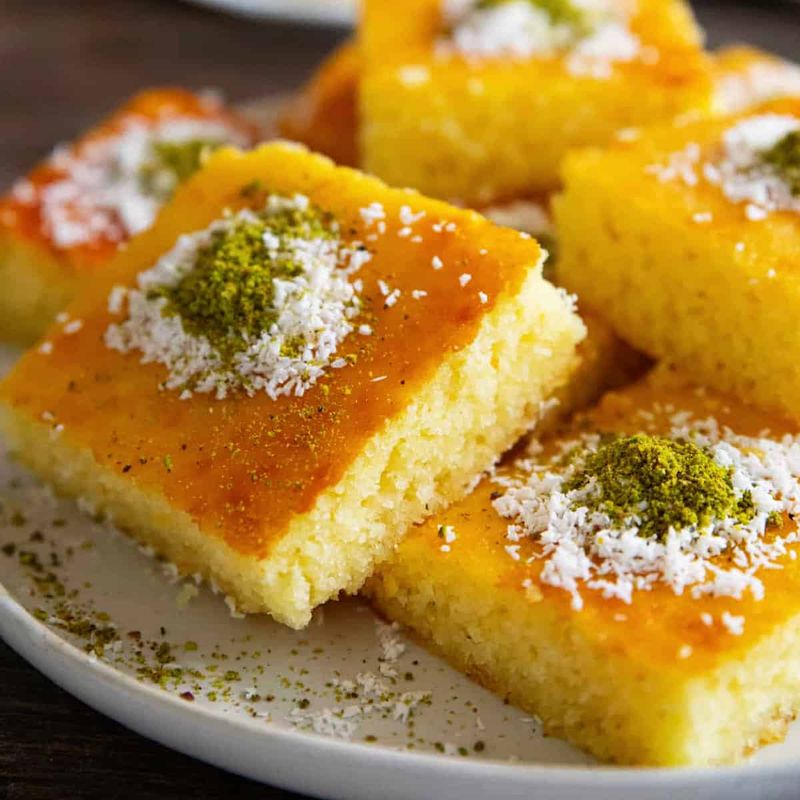
Revani showcases the Turkish love for syrup-soaked desserts. This semolina cake is not only delicious but also beautifully moist, thanks to its generous soaking in fragrant sugar syrup.
Often flavored with lemon or orange zest, revani offers a refreshing citrus note that complements its sweetness. Its light, fluffy texture makes it a favorite during celebrations and family gatherings.
Revani is a testament to the Ottoman Empire’s influence on Turkish cuisine, where such syrupy treats were popularized.
Helva
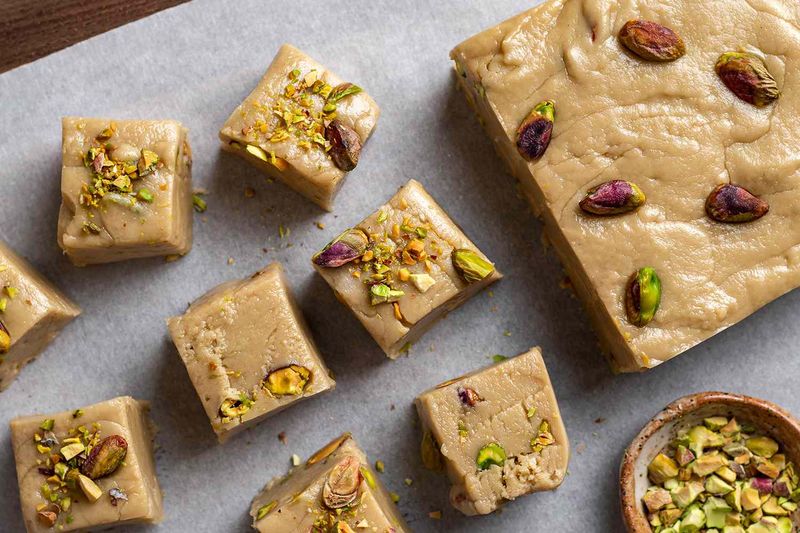
Helva is a dessert with deep roots in Turkish culture, enjoyed in various forms, from tahini-based to flour-based versions. Its dense, crumbly texture is both satisfying and rich.
Typically made with sesame paste or semolina, helva is sweetened to perfection and often enhanced with nuts or chocolate swirls. It’s a dessert that’s both simple and indulgent.
Did you know? Helva is traditionally served during religious festivals and ceremonies, making it a dessert of both celebration and remembrance.
Şekerpare
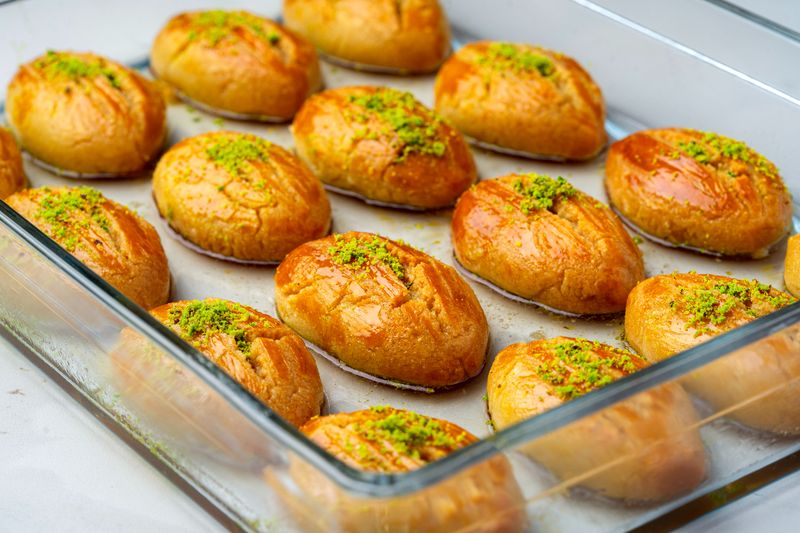
Şekerpare, meaning “a piece of sweet,” truly lives up to its name. These soft, syrup-soaked cookies are a beloved treat in Turkey, known for their melt-in-the-mouth texture.
Made with semolina and flour, şekerpare is baked until golden, then drenched in a sugar syrup that infuses every bite with sweetness. It’s a staple at tea times and family gatherings.
Şekerpare embodies the Turkish penchant for syrupy confections, offering a taste that’s both familiar and delightful.
Kazandibi
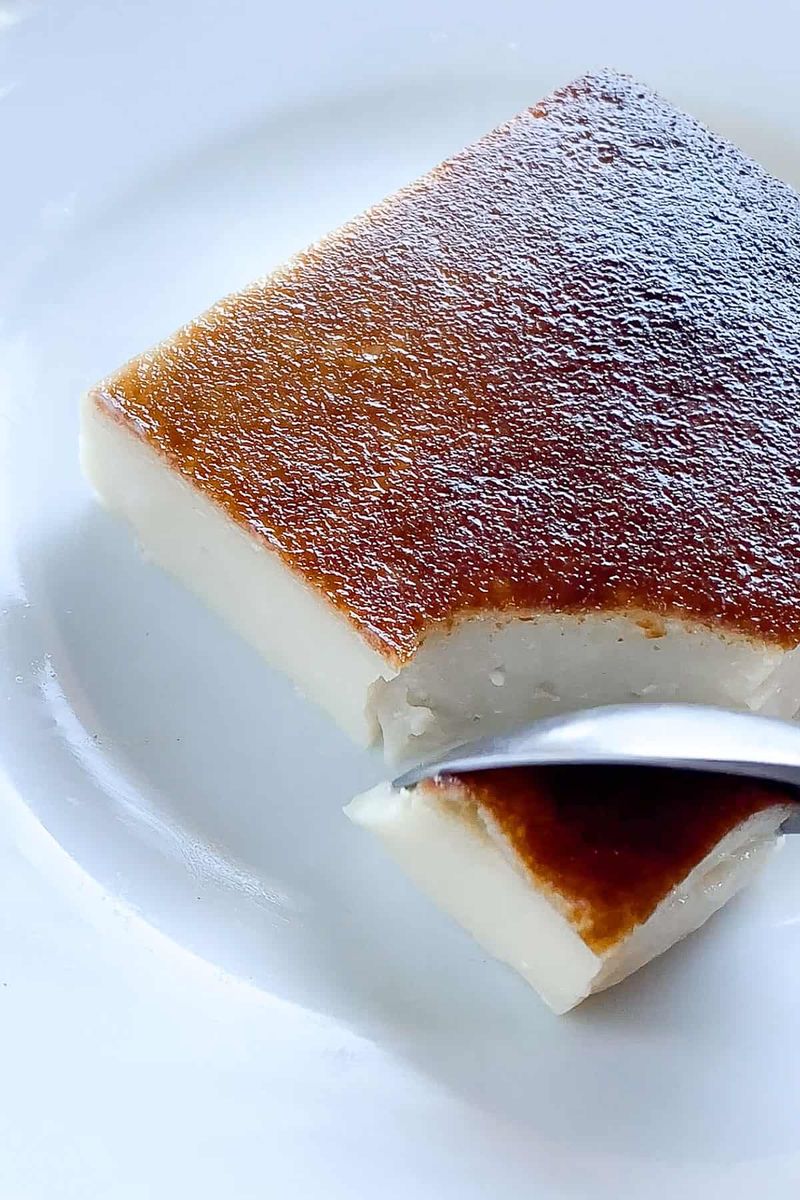
Kazandibi, with its unique caramelized bottom, is a dessert that offers both intrigue and flavor. This Turkish burnt pudding combines smooth, creamy texture with a slightly crispy surface.
It’s made by cooking a milk-based pudding until the bottom caramelizes, creating a distinct taste and appeal. The contrast of textures is what makes kazandibi stand out.
This dessert reflects the Turkish love for innovative culinary techniques, transforming simple ingredients into a delightful experience.
İrmik Helvası
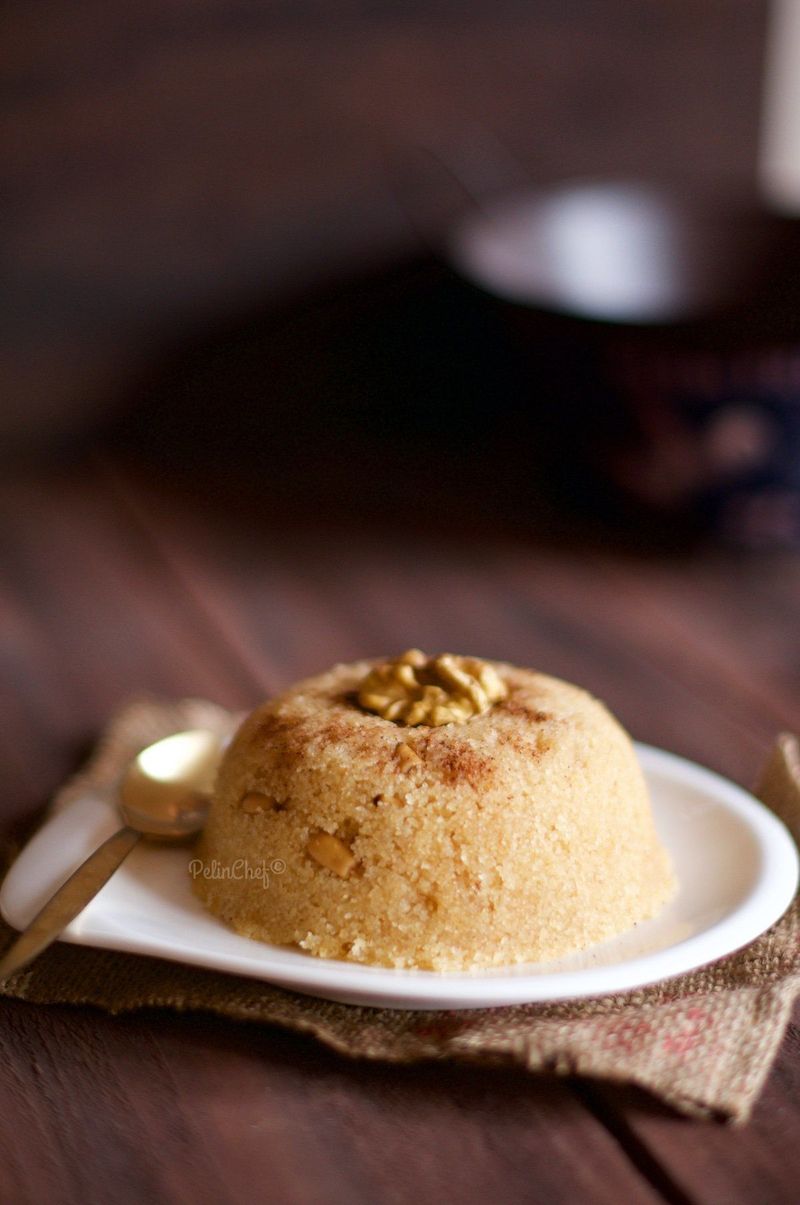
Warm, nutty, and comforting, irmik helvası is a semolina-based dessert that is a staple in Turkish homes. Its rich, buttery flavor is enhanced with the addition of pine nuts or almonds.
Often cooked during special occasions and religious ceremonies, this dessert holds sentimental value for many. The slow roasting of semolina gives it a unique aroma and texture.
Did you know? İrmik helvası is traditionally prepared to mark important life events, symbolizing both joy and remembrance.
Güllaç
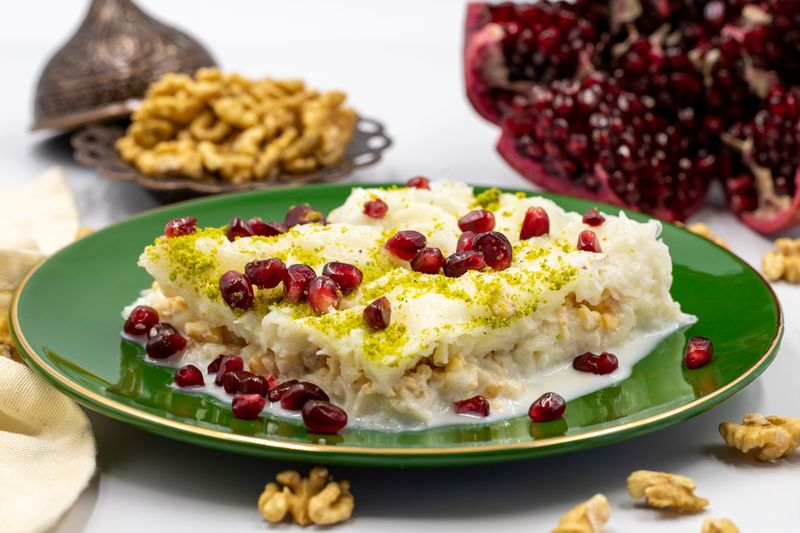
Güllaç is a delicate dessert that graces Turkish tables during the holy month of Ramadan. Made from thin layers of starch-based sheets soaked in milk and rose water, its subtle flavor is both refreshing and satisfying.
Often garnished with pomegranate seeds and nuts, güllaç is light yet indulgent. Its origins date back to the Ottoman kitchens, where it was a favorite among the sultans.
This dessert is a beautiful blend of simplicity and elegance, offering a refreshing end to a meal.
Kabak Tatlısı
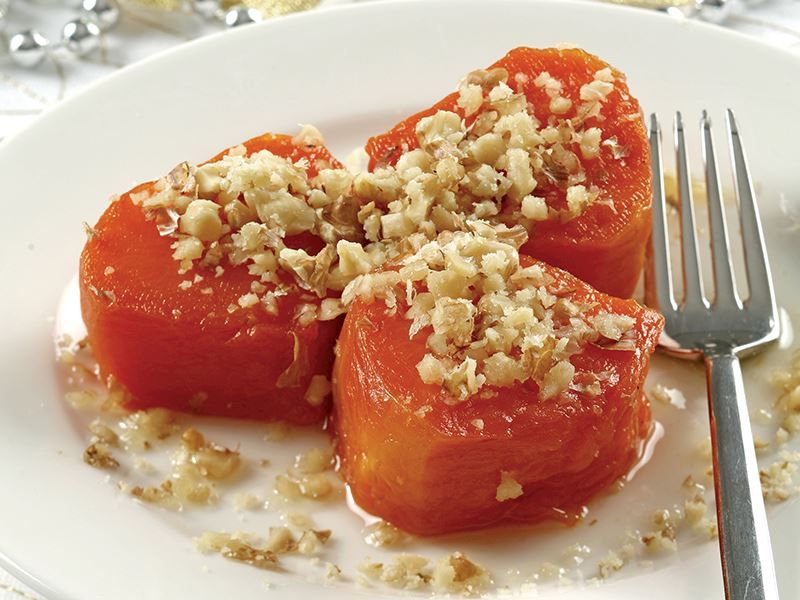
Kabak tatlısı transforms humble pumpkin into a dessert delight. This treat is known for its soft, melt-in-the-mouth texture and the rich flavor of its syrup.
Typically enjoyed in the autumn and winter months, kabak tatlısı is often garnished with crushed walnuts, adding a pleasant crunch. Its vibrant color and sweet taste make it a festive addition to any table.
With its wholesome ingredients, this dessert captures the essence of Turkish home cooking, where simplicity meets indulgence.
Leave a comment